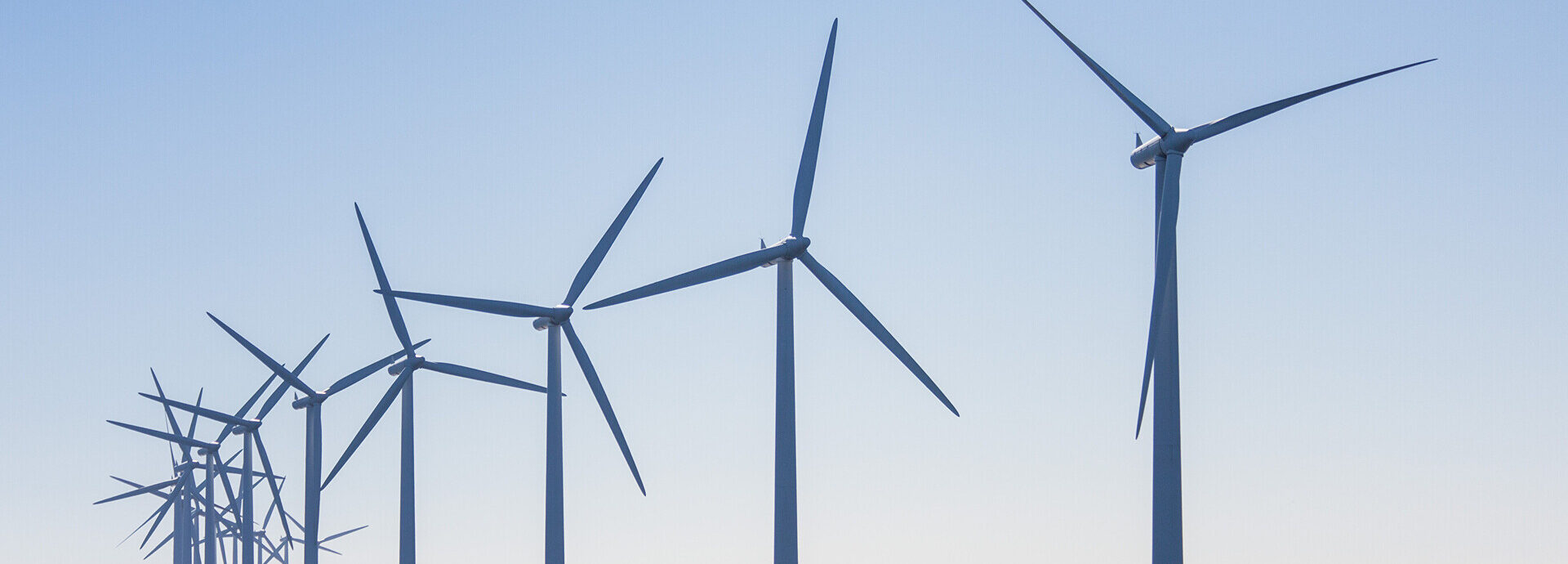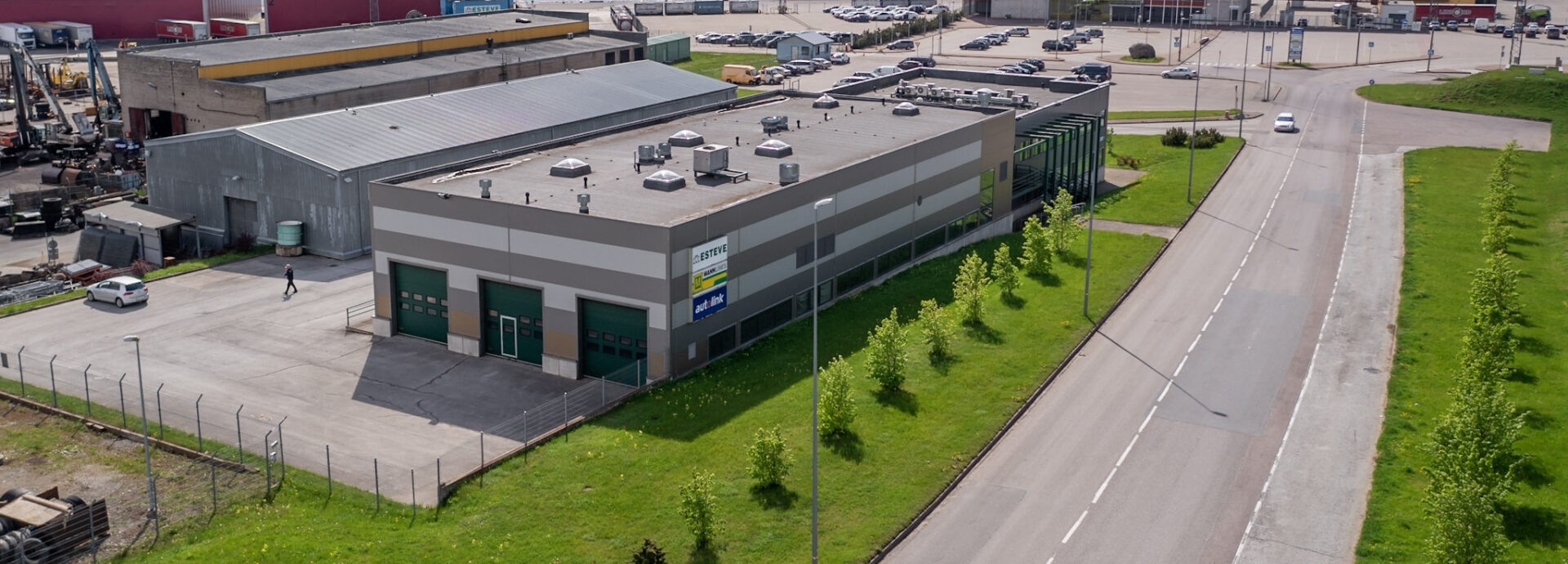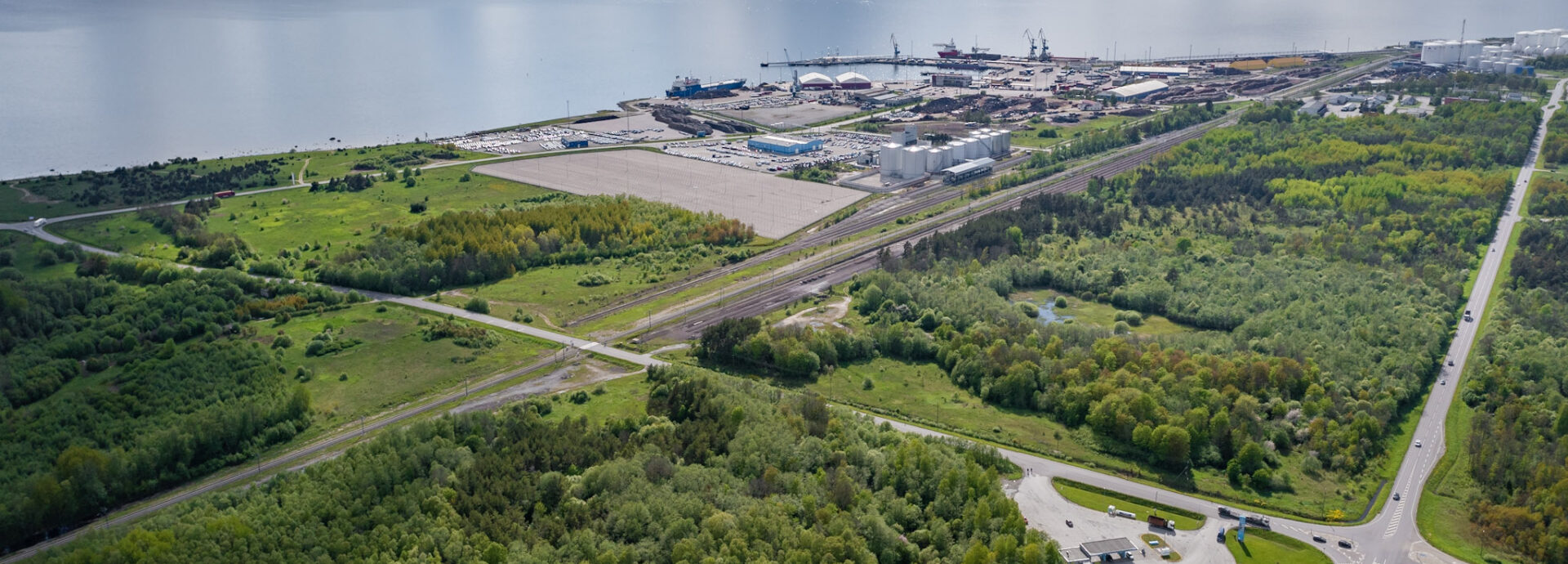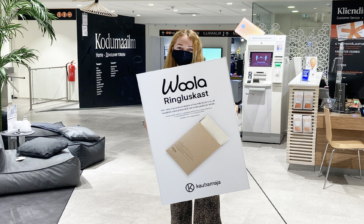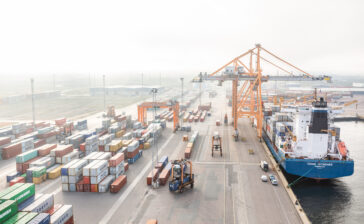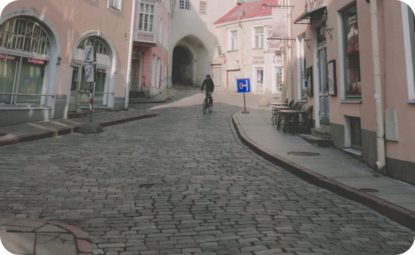Offshore wind tech
Over the years Estonia has exceeded its renewable energy targets and already has a high concentration of solar and wind energy production on land.
As of May 2022, The Estonian Maritime Spatial Plan was approved, and a green light has been given to start the tendering process of up to 7 GW of offshore wind production sites. As the government has decided to reach 100% of renewable electricity consumption by 2030, this is a clear message to encourage the kickstart of investments in offshore wind farms.
On 30 August 2022, at the Energy Security Summit, the European Union member states around the Baltic Sea agreed on improving their cooperation to strengthen the region’s energy security and increase the current wind energy capacity of the Baltic Sea sevenfold by 2030. In addition to the Baltic Sea energy network, the declaration includes the ELWIND offshore wind farm and network developed jointly by Estonia and Latvia, Estlink 3 planned with Finland and synchronisation of energy networks with Central Europe as the key projects relevant to Estonia.
There are 45 registered seaports in Estonia. Most significant ports with major industrial areas around the quays well suited for the offshore wind industry are as follows: Paldiski South Harbour (max depth 15.5 m), Sillamäe (max depth 16m), Muuga (max depth 18 m), Saaremaa (max depth 10 m), Pärnu (max depth 7 m), Roomassaare (max depth 4.6 m). Key ports that have directed their future focus on offshore wind tech are Paldiski South Harbour and Roomassaare.
For offshore wind tech, there is also a special purpose innovation area developed on the seas to provide real-life laboratory conditions for offshore wind tech innovation. It is an 88 sq. km area free of fast ice targeted especially for wind turbines and wind farms predominantly on floating foundations, smart robotics, sensors, and other innovative solutions necessary for the development of the industry.
Offshore wind technologies are one key focus area in the Estonian R&D, Innovation and Entrepreneurship Strategy 2021-2035. The country is strategically planning an innovative and large manufacturing base and innovation platform for new-generation offshore wind technology solutions. With local universities, centers of excellence for energy systems, and a collaborative cleantech ecosystem, this value chain has solid ground in Estonia.
Skeleton Technologies, the global leader in ultracapacitor and supercapacitor energy storage systems, has signed a deal with a world leader in renewable energy production to use Skeleton’s SkelMod modules to have greater wind turbine pitch control. MindChip has a robot ship which is an innovative product and a service delivery platform that can perform different tasks as well as parcel and cargo transportation services. Various modules can be attached to the robotic ship base platform, such as sonar, suitable for different surveys, cameras, equipment suitable for underwater work, etc. Baltic Workboats has produced hundreds of boats in different sizes for various industries including offshore wind. Their patented wave-piercing technology makes it possible to deliver one of the most stable, safe, and crew-friendly workboats in the industry. Hepta Airborne has been inspecting Estonian electricity lines since 2018 and is now operating in 13 counties with its unique 600km range UAV equipped with lidars, sensors, and AI-powered end-to-end inspection solutions. Incap Electronics professionals provide high-class design and manufacturing services to customers that need flexible and agile electronics components to work under the harshest conditions. Their customers include the largest marine energy tech company Corvus Energy, European Space Agency and Maxar Technologies.

